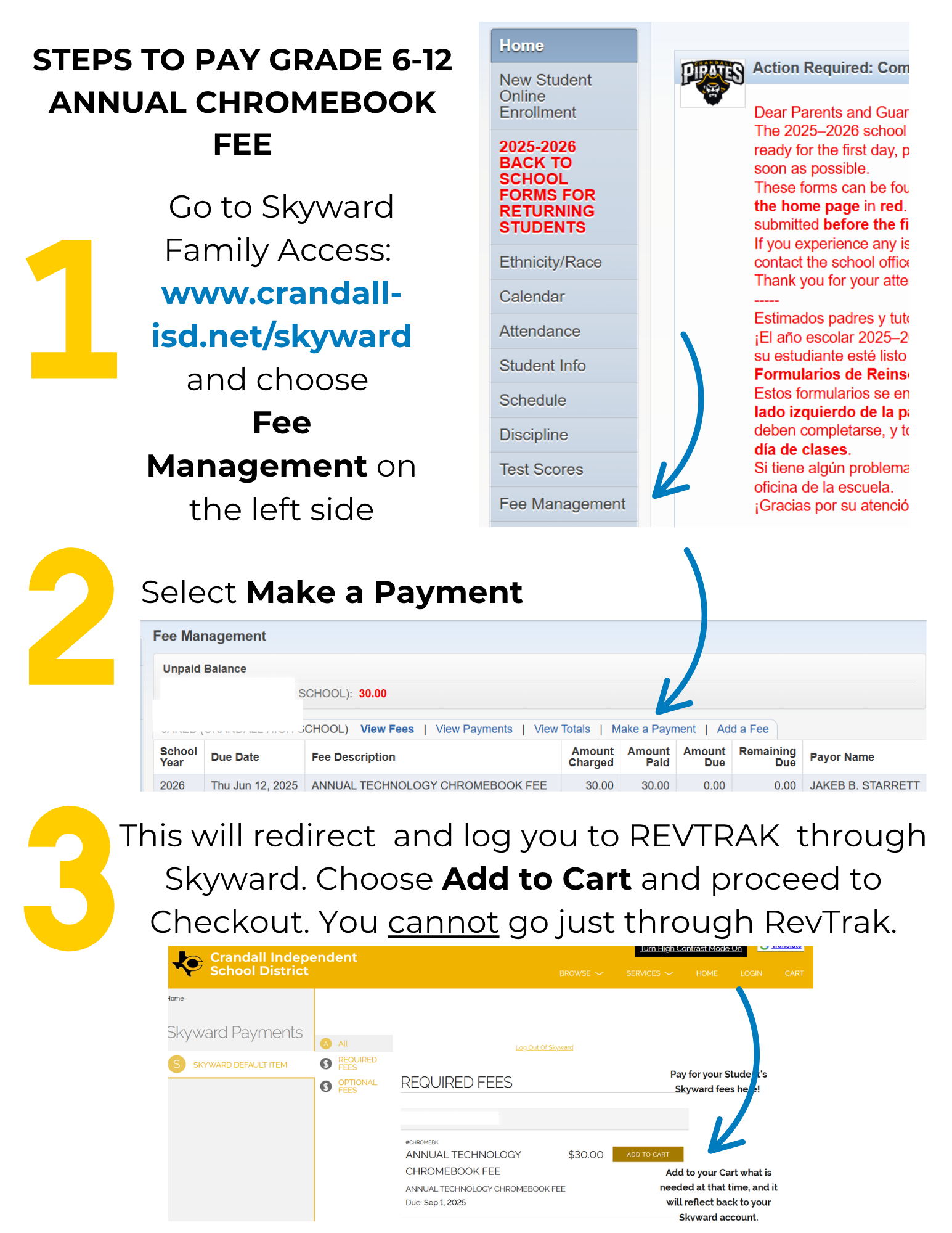
Your Voice Matters: Volunteer for a Crandall ISD Advisory Committee
Dear Parents, Guardians, Community Members, and Local Business
Representatives, Crandall ISD is seeking parents, guardians,
community members, and local business representative to serve on our
Dist. . .

 Additional settings for Safari Browser.
Additional settings for Safari Browser.








